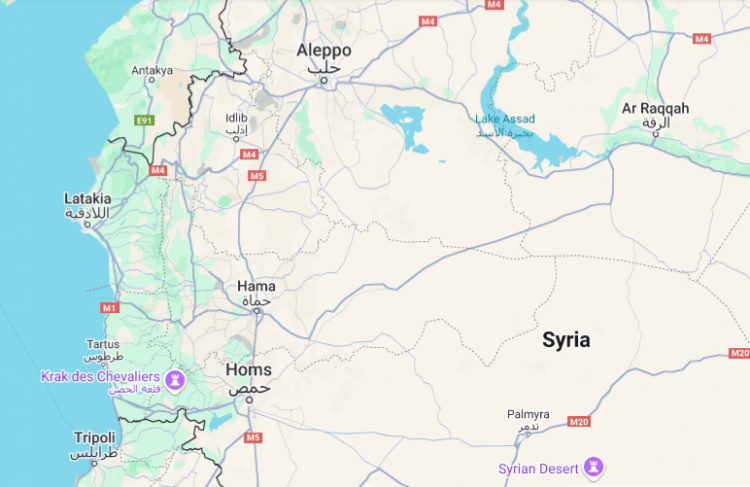Syrian rebels, led by the Islamist group Hayat Tahrir al-Sham (HTS), have captured the strategic city of Hama after forcing government troops to withdraw, marking a significant blow to President Bashar al-Assad's regime. This is the second major city to fall to the rebels in a week, following their swift takeover of Aleppo in a surprise offensive that has reignited Syria's long-dormant civil war.
The Syrian Defense Ministry confirmed the loss of Hama on Thursday, acknowledging that rebel groups "penetrated several parts of the city" during intense clashes. "To safeguard the lives of the civilian population in Hama and to avoid involving them in urban combat, the military units stationed there have redeployed and repositioned outside the city," the ministry said in a statement on social media.
The HTS-led forces celebrated their victory by storming the city's central prison and freeing hundreds of detainees. "Our heroic people in Homs, your time has come," a spokesperson for the rebels declared, signaling their intention to push further south to the strategically crucial city of Homs, just 30 miles away.
Hama's capture is a critical development in Syria's 14-year-long civil war. Located at a key crossroads in western-central Syria, the city provides vital supply routes between Damascus and Aleppo. Its fall not only weakens Assad's grip on the country but also threatens to split regime-controlled territory into isolated pockets.
"This is certainly beyond anyone's expectations," said Samuel Ramani, an associate fellow at the Royal United Services Institute in London. "Hama is a critical logistical area between Aleppo and Damascus... It is a huge humiliation for Assad."
Hama holds deep symbolic significance in Syria's history. The city was the site of one of the country's most brutal massacres in 1982, when President Hafez al-Assad, Bashar's father, crushed an uprising, killing tens of thousands of civilians and rebels. It was also a focal point of anti-government protests during the Arab Spring in 2011, which spiraled into the current civil war.
HTS, designated as a terrorist organization by the United States and the United Nations, spearheaded the offensive. The group's leader, Abu Mohammad al-Jolani, declared that taking Hama was a move to "cleanse a 40-year-old wound," referencing the 1982 massacre. Jolani, once affiliated with al Qaeda, rebranded HTS in 2017 to distance the group from extremist ideologies. Despite this, the U.S. placed a $10 million bounty on him, citing continued links to terrorism.
Videos verified by CNN showed jubilant HTS fighters celebrating in Hama, with one fighter exclaiming, "Guys, my country is being liberated. I swear to God, we are inside Hama city."
The Assad regime's forces, long supported by Russia and Iran, attempted to use air power to repel the rebels. The Syrian Observatory for Human Rights reported heavy aerial bombardments, including barrel bombs, before government troops retreated. However, analysts note that Moscow's reduced military presence in Syria-due to its focus on the war in Ukraine-has left Assad's forces increasingly vulnerable.
"It doesn't mean that Damascus is going to fall but it also doesn't mean Assad will be able to restore authoritarian stability any time soon." said Ramani. He added that the rebels' momentum could lead to a prolonged conflict.






